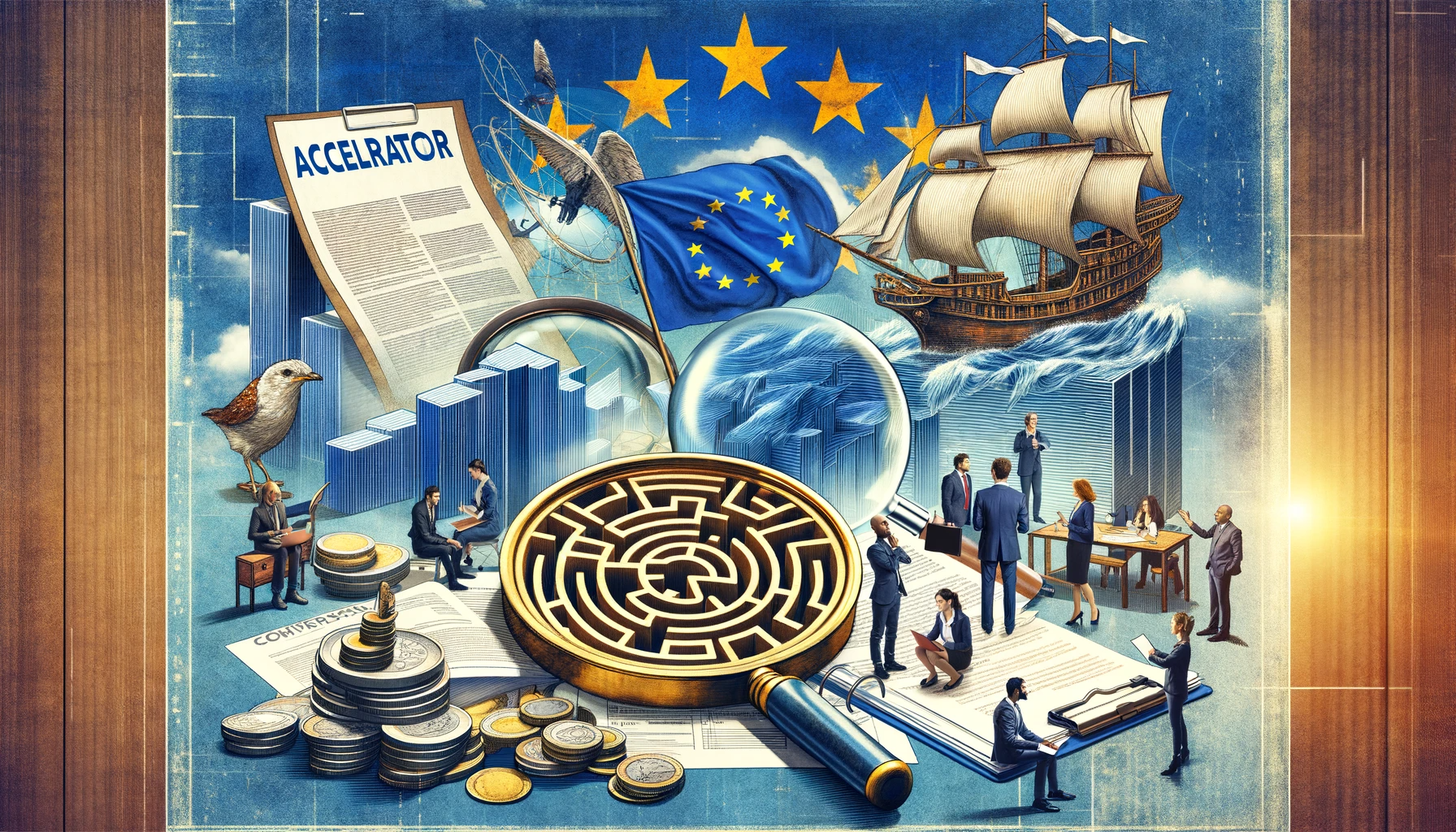Balancing Scale and Quality: The Challenges Faced by Large EIC Accelerator Consultancies
Introduction In the realm of EIC Accelerator applications, the largest consultancies often face a paradoxical challenge: maintaining high-quality services while managing a vast pool of freelance writers. This article examines how the scale of operations in these consultancies can impact quality control and the implications of their need to take on a broad range of applicants. The Quality Control Dilemma in Large Consultancies Diverse Freelance Writers: Large consultancies typically employ numerous freelance writers to handle the volume of work. While this allows for handling a large number of applications, it introduces variability in writing quality and expertise. Challenges in Maintaining Consistency: Ensuring consistent quality across a wide array of freelancers can be daunting. Quality control becomes more challenging as the number of writers and projects increases. Difficulty in Specialization: Large consultancies, due to their size, might struggle to match writers with specific industry expertise to relevant projects. This lack of specialization can affect the depth and accuracy of the applications. The Pressure to Accept Diverse Applications Volume-Oriented Business Model: Many large consultancies operate on a volume-based model, where taking on a high number of clients is necessary to sustain the business and provide work for their large pool of writers. Compromise on Applicant Fit: This model can lead to consultancies accepting applicants who may not be the best fit for the EIC Accelerator program. The focus shifts from quality and suitability to quantity. Impact on Success Rates: Accepting a wide range of clients without thorough vetting can lead to lower success rates, as not all projects may align well with the EIC’s objectives and criteria. Strategies for Overcoming These Challenges Rigorous Quality Control Processes: Implementing strict quality control measures and regular training sessions for freelance writers can help maintain a high standard of applications. Selective Client Onboarding: Adopting a more selective approach in client onboarding, focusing on the suitability and potential of the projects for the EIC Accelerator, can enhance the overall success rate. Fostering Specialization: Encouraging or requiring writers to specialize in certain industries or sectors can lead to more informed and tailored applications. Balanced Growth Strategies: Large consultancies should balance their growth strategies with a focus on quality, ensuring that scale does not compromise the effectiveness of their services. Conclusion While large EIC Accelerator consultancies benefit from the ability to handle a high volume of applications, they face significant challenges in quality control and client fit. By focusing on rigorous quality processes, selective client onboarding, writer specialization, and balanced growth strategies, these consultancies can overcome these challenges, ensuring that their size becomes an asset rather than a liability in delivering high-quality grant application services.











